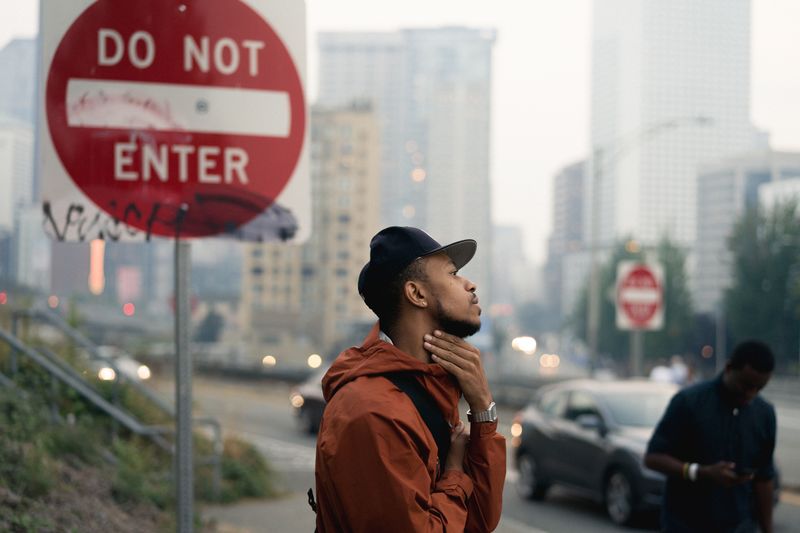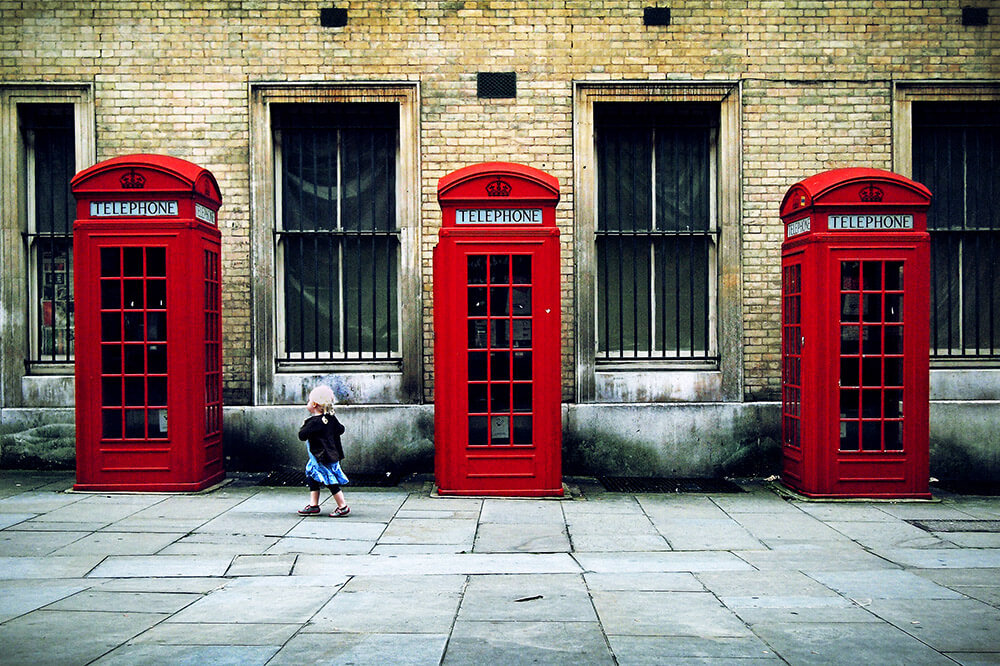The Street Photographers Diaries
Table of ContentsThe Basic Principles Of Street Photographers Excitement About Street PhotographersStreet Photographers Can Be Fun For EveryoneNot known Details About Street Photographers Street Photographers Can Be Fun For Anyone
Road professional photographers do not necessarily have a social objective in mind, but they choose to separate and record minutes which could or else go undetected.Though he was affected by much of those that affected the street professional photographers of the 1950s and '60s, he was not primarily interested in capturing the spirit of the road. The impulse to visually document individuals in public started with 19th-century painters such as Edgar Degas, douard Manet, and Henri de Toulouse-Lautrec, who functioned side by side with professional photographers trying to record the significance of city life.
Due to the comparatively primitive innovation readily available to him and the lengthy exposure time needed, he had a hard time to record the pressure of the Paris roads. He experimented with a series of photographic techniques, trying to locate one that would certainly permit him to catch motion without a blur, and he located some success with the calotype, patented in 1841 by William Henry Fox Talbot. Unlike Atget, professional photographer Charles Marville was worked with by the city of Paris to develop an encyclopaedic record of Haussmann's urban preparation job as it unravelled, therefore old and brand-new Paris. While the professional photographers' topic was essentially the same, the results were markedly various, showing the influence of the photographer's intent on the personality of the photos he produced.
3 Simple Techniques For Street Photographers
Offered the great quality of his photos and the breadth of material, architects and artists typically purchased Atget's prints to make use of as reference for their own job, though industrial passions were hardly his primary inspiration. Rather, he was driven to picture every last remnant of the Paris he loved.

Unlike his peers, Brassa used a larger-format Voigtlnder cam with a longer direct exposure time, requiring him to be a lot more calculated and thoughtful in his method than he could have been if using a Leica. (It is assumed that he may not have actually had the ability to manage a Leica during that time, but he did, nevertheless, make use of one in the late 1950s to take colour pictures.) Brassa's photos of the Paris abyss illuminated by man-made light were a discovery, and the compilation of the series that he released, (1933 ), was a significant success.

All about Street Photographers
It is as a result of this fundamental understanding of the art of photo taking that he is usually additional info credited with finding the tool all over again about a century considering that its development. He took pictures for even more than a half century and affected generations of professional photographers to trust their eye and intuition in the minute.
These are the concerns I shall attempt to answer: And after that I'll leave you with my very own interpretation of road digital photography. Yes, we do. Allow's start with specifying what an interpretation is: According to it is: "The act of specifying, or of making something precise, distinct, or clear".
No, certainly not. The term is both limiting and misdirecting. Seems like a road digital photography need to be images of a streets ideal?! And all road professional photographers, with the exception of a handful of absolute beginners, will fully value that a street is not the vital element to road digital photography, and really if it's an image of a road with perhaps a few uninteresting individuals doing absolutely nothing of rate of interest, that's not street digital photography that's a photo of a road.
The Definitive Guide to Street Photographers
He makes a legitimate factor don't you assume? While I concur with him I'm not sure "candid public digital photography" will catch on (although I do kind of like the term "candid digital photography") due to the fact that "road photography" has been around for a lengthy time, with lots of masters' names connected to it, so I believe the term is here to remain. Street Photographers.
You can shoot at the coastline, at an event, in a street, in a park, in a piazza, in a coffee shop, at a gallery or art gallery, in a city station, at an event, on a bridge, under a bridge ...
More About Street Photographers
Yes, I'm afraid we worried no choice! Without regulations we can not have a definition, and without an interpretation we do not have a category, and without a style we don't have anything to specify what we do, and so we are stuck in a "guidelines definition style" loop! - Street Photographers
